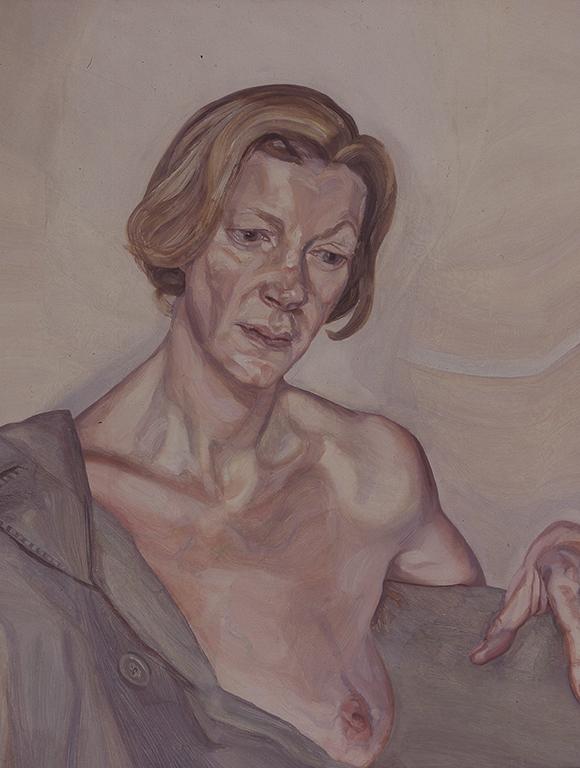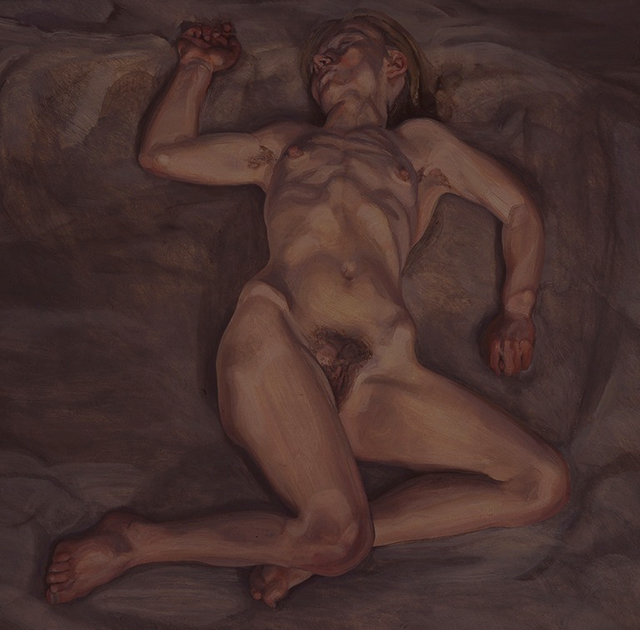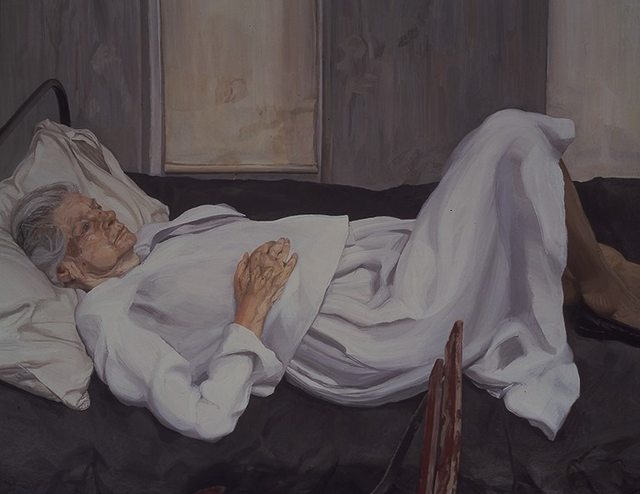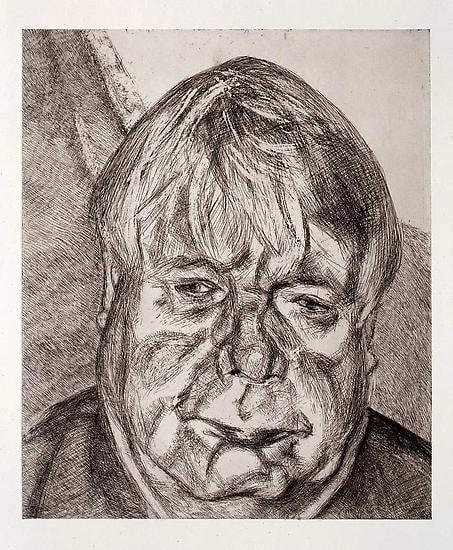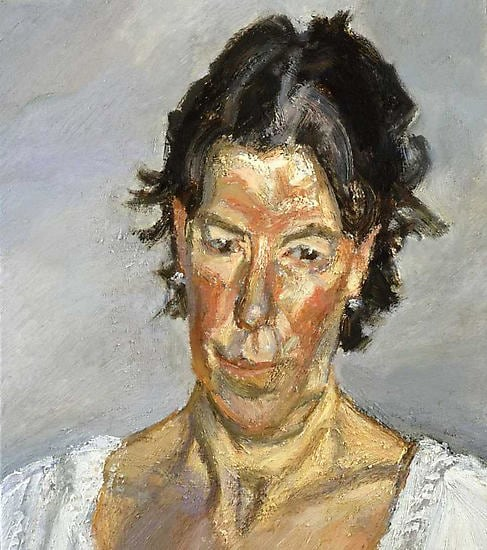Lucian Freud
Lucian Freud, a renowned portraitist of the late 20th century, was known for his keen observations of the anatomy and psychology of his subjects, often close individuals to him, serving as subjects for his innovative figurative art.
Biography of Lucian Freud
Lucian Freud was born in 1922 in Berlin to an artistic Jewish family. His parents were Lucie Brasch, an art historian, and Ernst Freud, an architect and the son of Sigmund Freud. Fleeing from Hitler's regime in 1933, they settled in London. Despite being expelled from school at the age of 15, young Lucian's artistic talent was evident early on, with one of his drawings selected for an exhibition at Peggy Guggenheim's Gallery.
His rebellious nature persisted, leading to a scandal at the East Anglian School of Painting and Drawing when he accidentally caused a fire. After a brief stint in the Merchant Navy in 1941, Freud devoted himself to painting following the completion of his education in 1943. During this period, he was particularly interested in drawing.
Freud's artistic development was further shaped by his time in Greece and France, where he encountered the works of Pablo Picasso and Alberto Giacometti. Upon returning to London, he began teaching at the Slade School of Fine Art and exhibiting in galleries throughout London.
In 1948, Freud married Kitty Garman, the daughter of the sculptor Jacob Epstein, but their marriage ended in divorce due to Freud's infidelity with other women. Nonetheless, Kitty became the subject of one of Freud's significant first portrait series, characterized by plain outlines, stylized drawings, and stark lighting. His next wife was Lady Caroline Hamilton Temple Blackwood, a Guinness heiress, despite her parents' objections.
Freud, eccentric and deeply committed to his work, often made sensational appearances, carrying a hawk on his shoulder and wearing a fur coat. When he wasn't in his studio, he frequented bars, gambled, and socialized with British aristocrats and artists, notably Francis Bacon, with whom he had a mutually influential friendship.
During the late 1980s, Lucian Freud achieved international recognition, partially owing to a major 1987 retrospective and his partnership with American art dealer William Acquavella. Even as he aged, Freud's reputation as a charmer and seducer remained strong. In 2002, at the age of 80, Tatler magazine declared him the second most eligible bachelor in Britain. Towards the end of his career, Freud revisited etching, a technique he had used during his student years.
The artist passed away in London on July 20, 2011, at the age of 88. Throughout his life, he maintained an intense painting practice, adhering to a nearly seventy-year routine of working in the morning and at night, with a break in the afternoon, until the very end. He was widely recognized as one of the most prominent British representational artists and was shortlisted for the Turner Prize in 1989.
The art style of Lucian Freud
Freud's style was initially based on experiments with Surrealism and had loose connections to Neo-Romanticism but gradually evolved into a distinctive Realist style imbued with a sense of alienation. Influenced by artists like William Roberts and Stanley Spencer, his early work exhibited flat cubism and distortions.
Freud acknowledged that portraiture offered him the most suitable outlet for his artistic expression despite the challenges it posed. The posing process often required his models to spend several months sitting before his easel for many hours. The artist insisted on absolute privacy, and the close bond he formed with his subjects was crucial to his creative process. The psychological intensity in his portraits emerged from the hours spent with his subjects, akin to his famous grandfather Sigmund Freud's psychoanalytic practice. His subjects were limited to his inner circle of friends, lovers, relatives, and children, and he rarely accepted outside commissions.
An exception to this was the portrait of the book dealer Bernard Breslauer, which proved to be the only time he painted someone he didn't like. His strong dislike of Breslauer led him to be unkind and sarcastic during the process. As a result, Breslauer wrote a letter of complaint and requested that the painting be destroyed. Some of Freud's well-known sitters included David Hockney, Francis Bacon, Kate Moss, and even the Queen of England.
He also created self-portraits spanning over six decades, offering insight into his self-absorption that fueled his creativity. Freud's artistic journey unfolded against the backdrop of influential avant-garde movements like Minimalism, Pop Art, and Conceptual Art. He belonged to a group of figurative realist artists gathered around the School of London. Influenced by Expressionists such as Egon Schiele and Edvard Munch, as well as Vincent van Gogh's unique perspective and intimate depictions, Freud's style remained remarkably consistent throughout his long career.
Freud's lifelong focus remained on portraits and nudes, often depicted in striking close-ups. His early work was characterized by meticulous painting, leading to his description as a Realist artist. However, the subjectivity and intensity of his work always set him apart from the more restrained tradition of British figurative post-war art.
Years:
Born in 1922
Country:
Germany, Berlin
Gallery:
Galerie Thomas
Richard Nagy Ltd.
Gagosian
ACQUAVELLA
DANIEL BLAU
Hazlitt Holland-Hibbert
